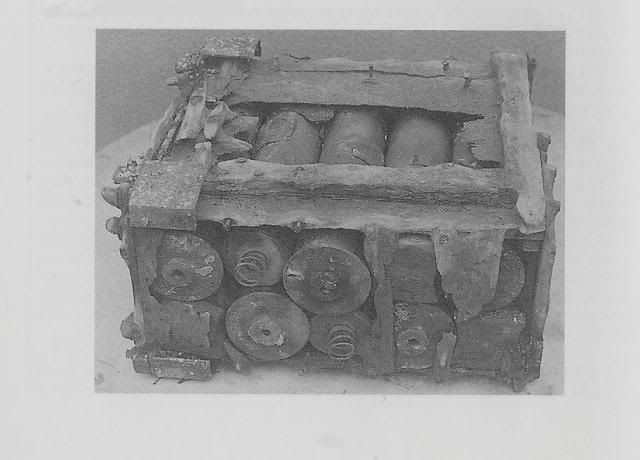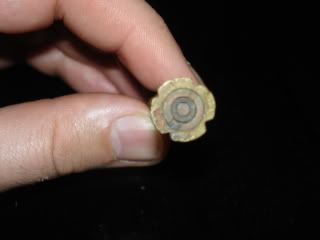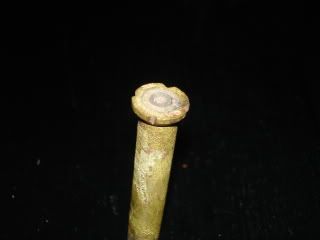Hi All,
Another 'unknowm' (to me) from my collection. The base has lots of stamps: '1904' 'X' '42' 'C.FF F. an A in a circle. 'R.L' 'I' 'PH63'. The screw in detonator has 'VI' 'N' and a E in a diamond. There is a cartridge that goes into the detonator and this appears to then fire whatever was in the hexagonal item (stamped with the broad arrow, 'N' and 'R.E & S' in a shield) that screwed onto the detonator in the casing. It seems a complex way of firing!

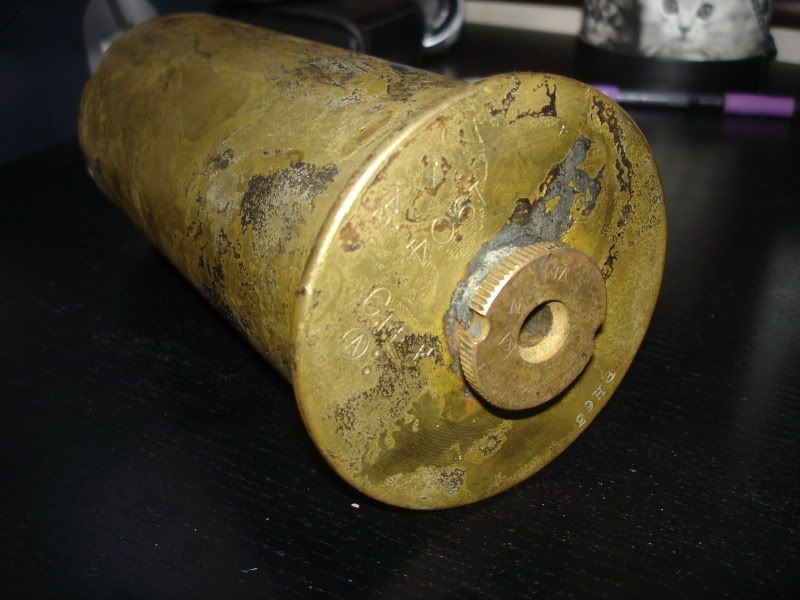
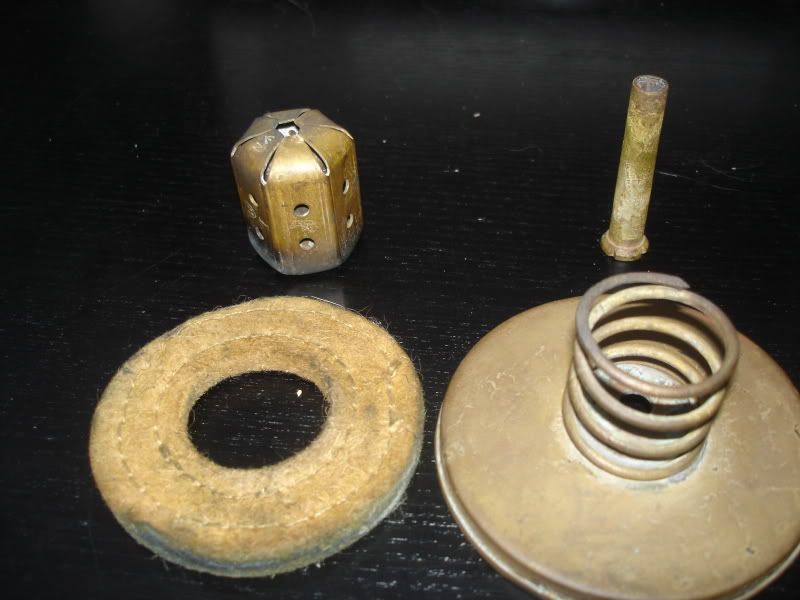
Justin
Another 'unknowm' (to me) from my collection. The base has lots of stamps: '1904' 'X' '42' 'C.FF F. an A in a circle. 'R.L' 'I' 'PH63'. The screw in detonator has 'VI' 'N' and a E in a diamond. There is a cartridge that goes into the detonator and this appears to then fire whatever was in the hexagonal item (stamped with the broad arrow, 'N' and 'R.E & S' in a shield) that screwed onto the detonator in the casing. It seems a complex way of firing!



Justin


